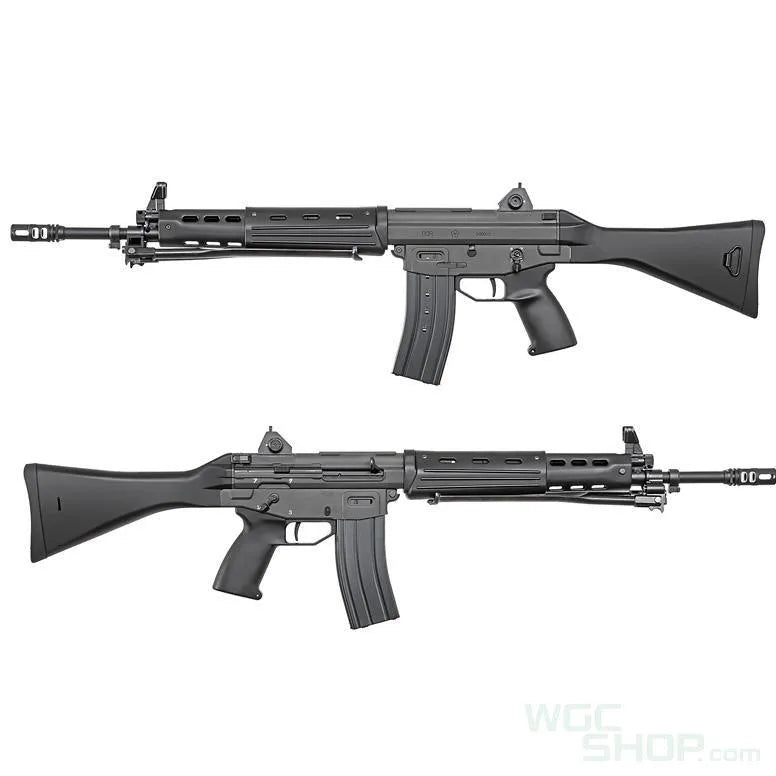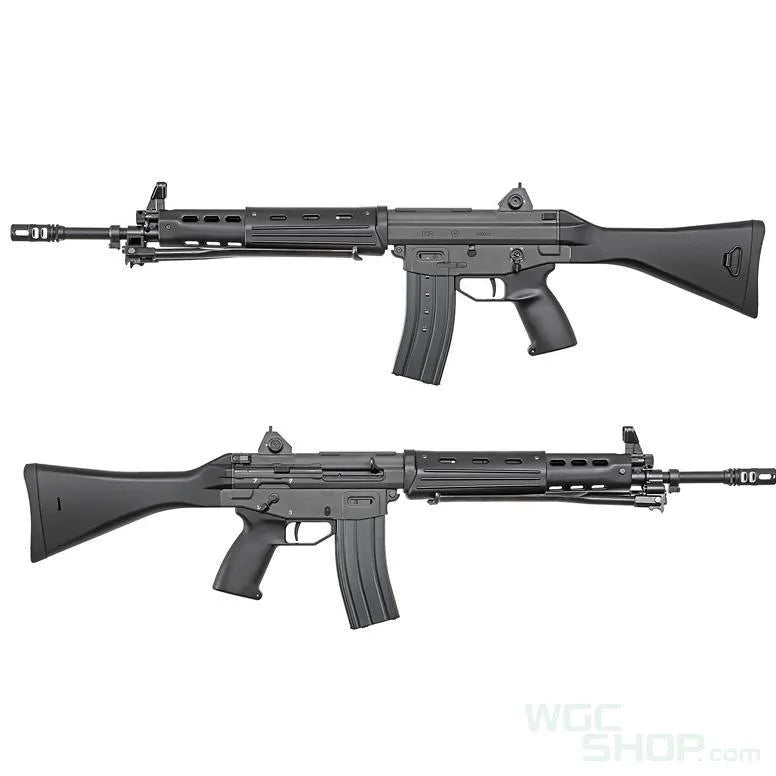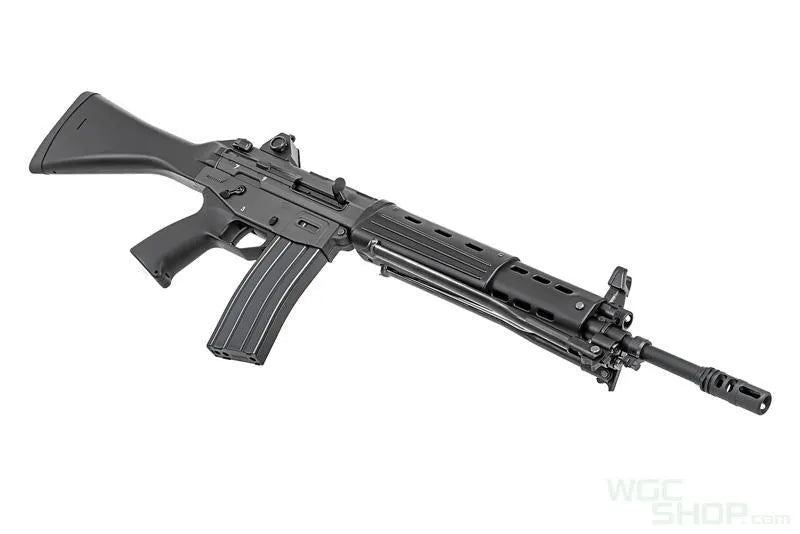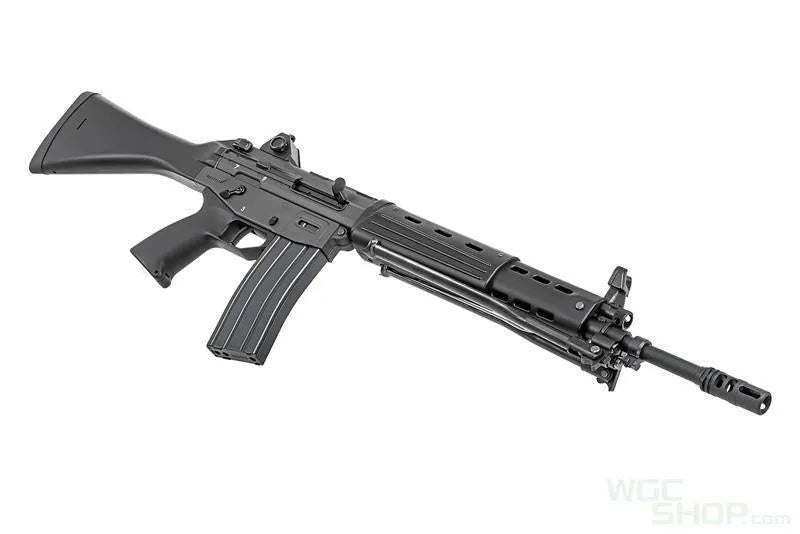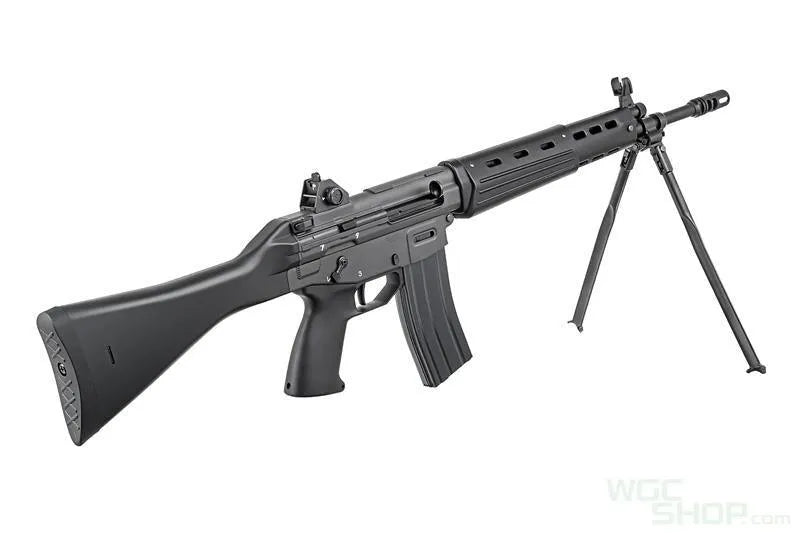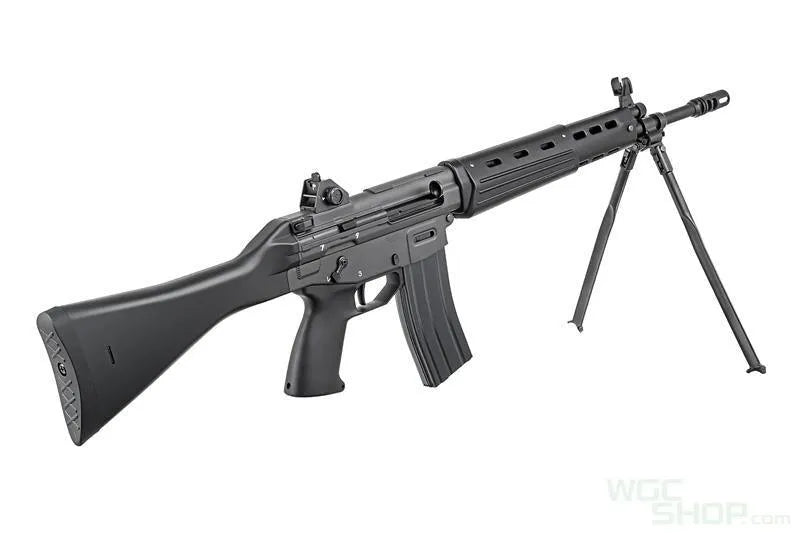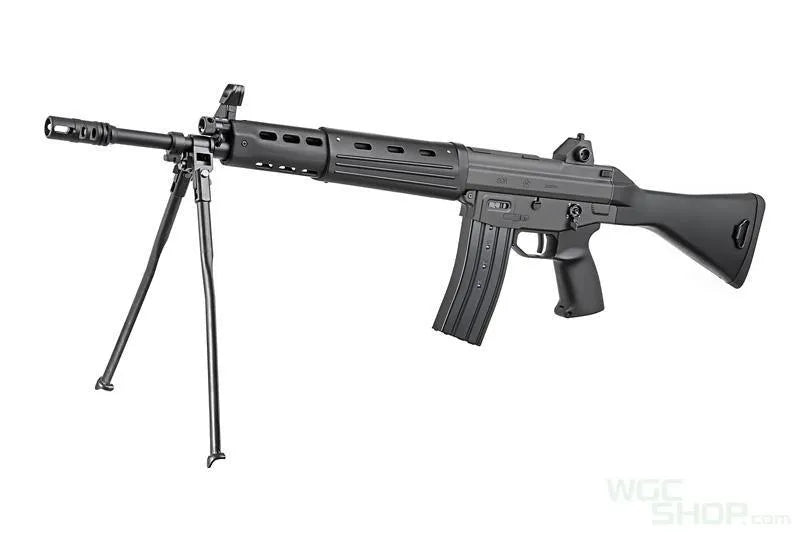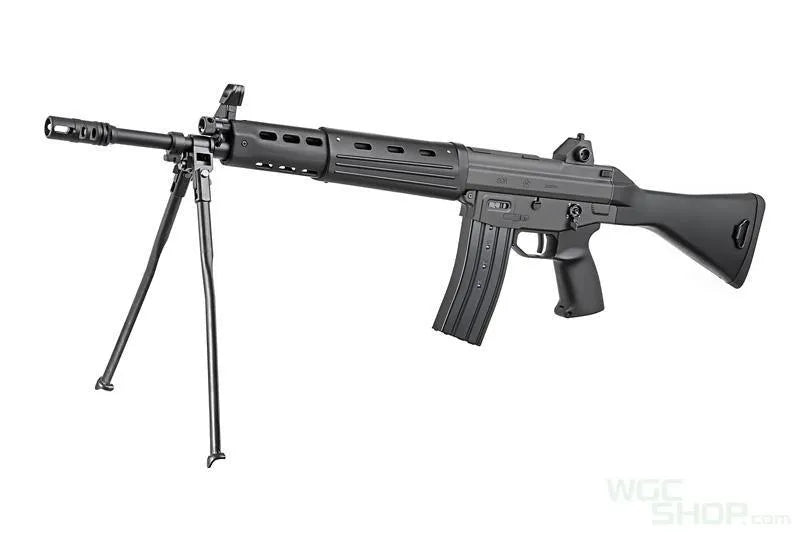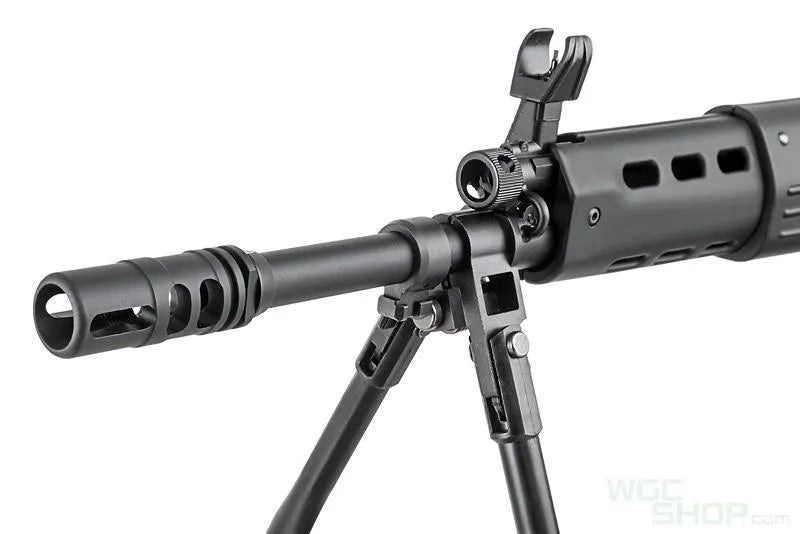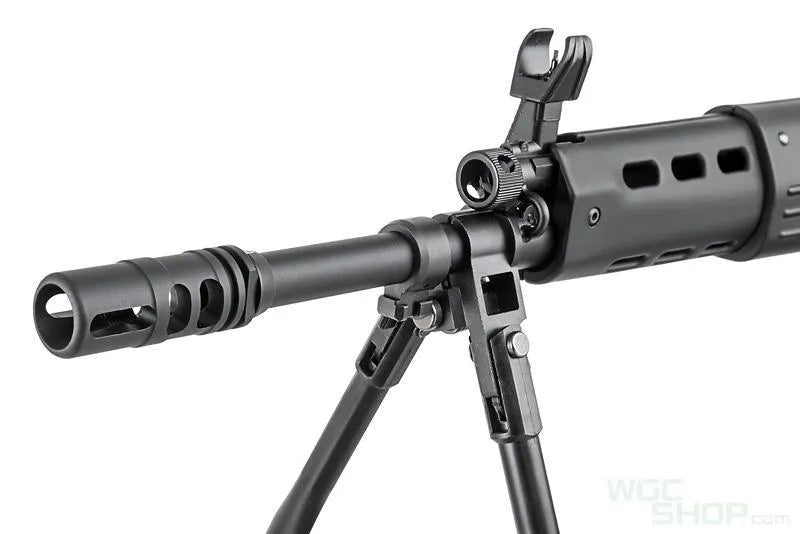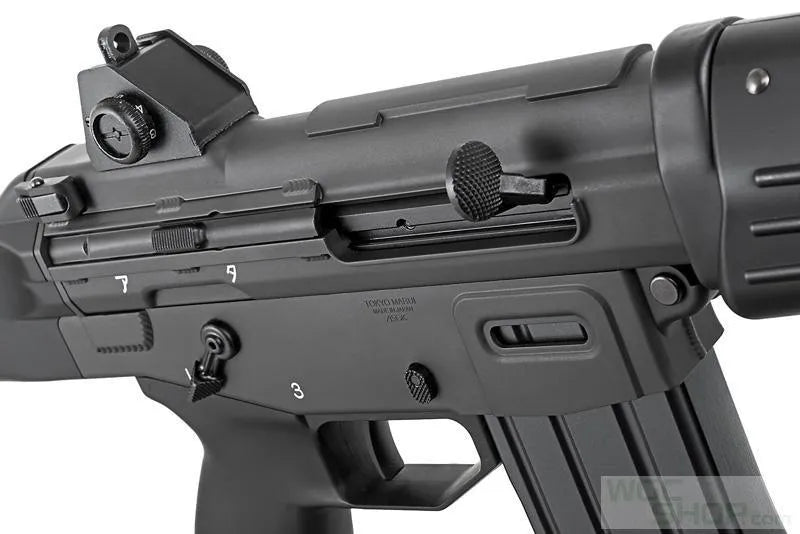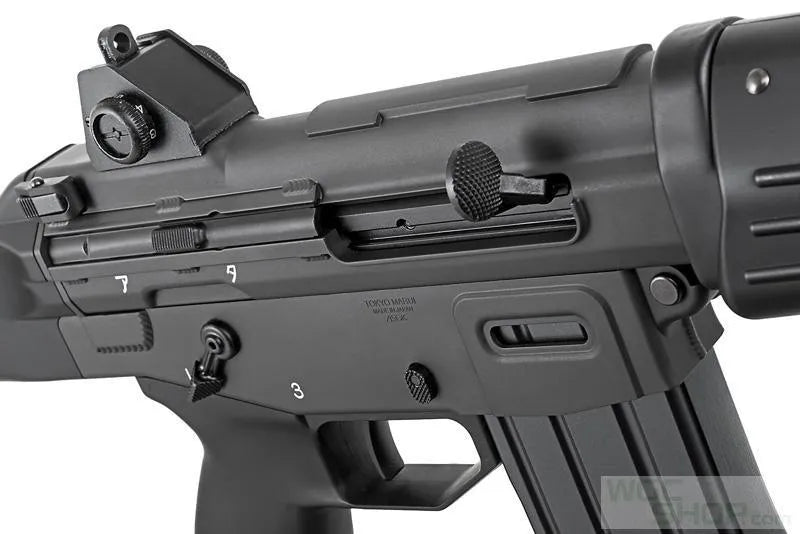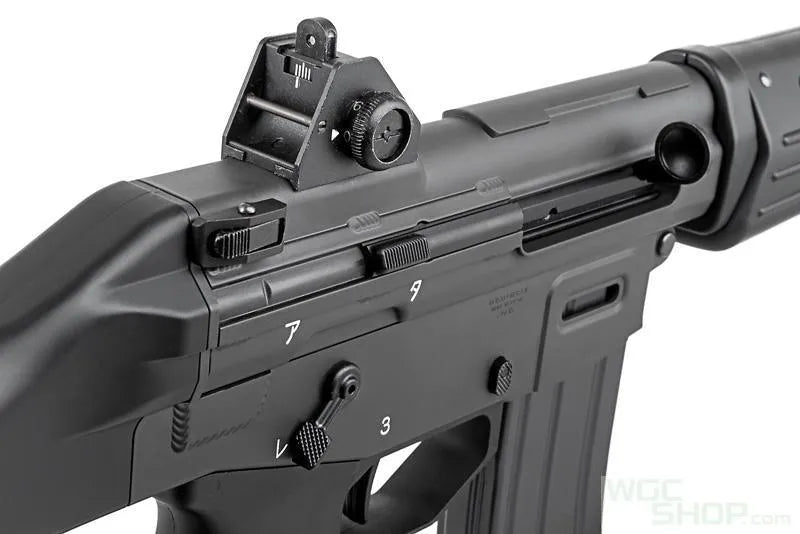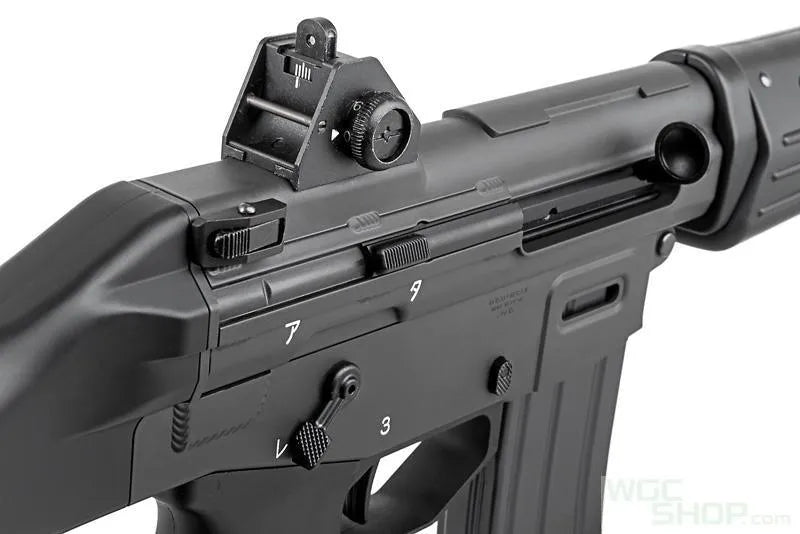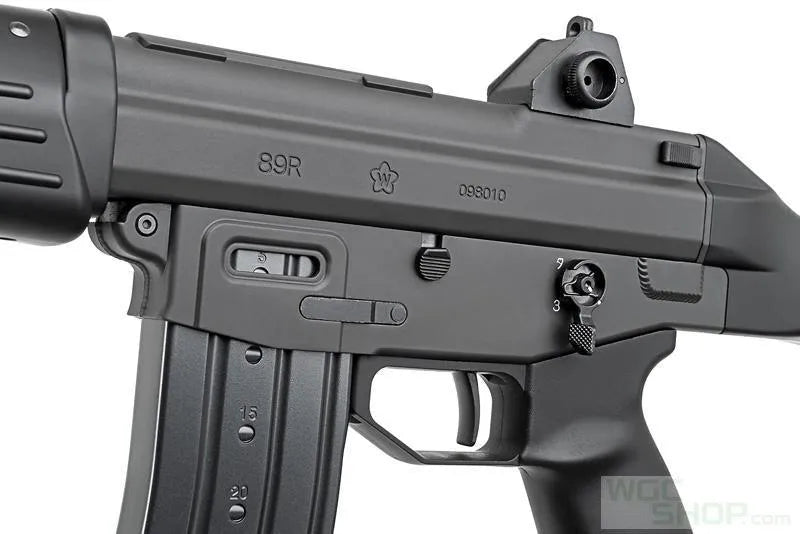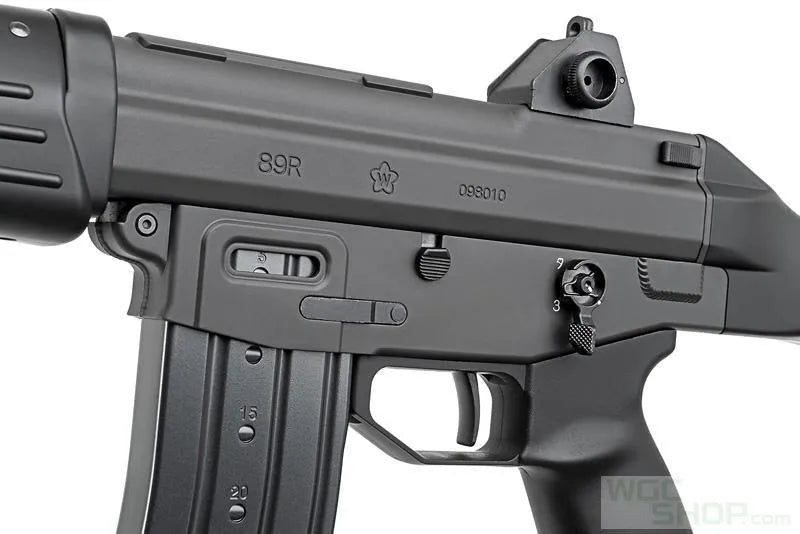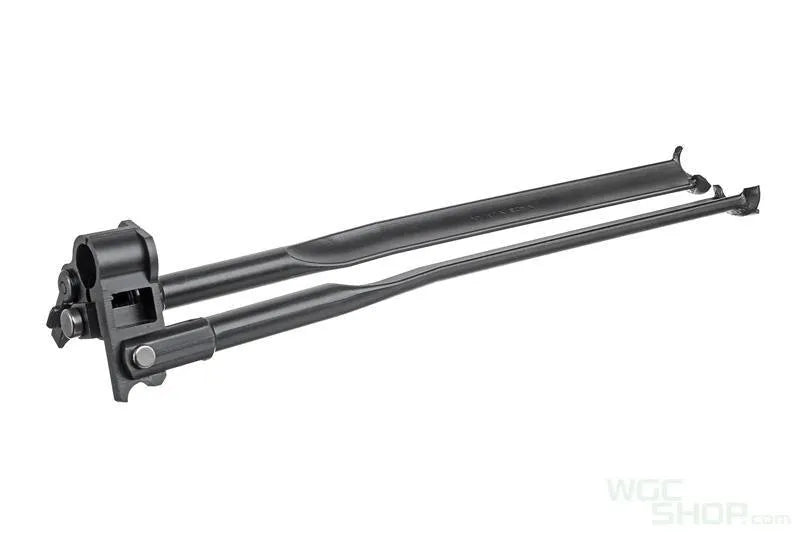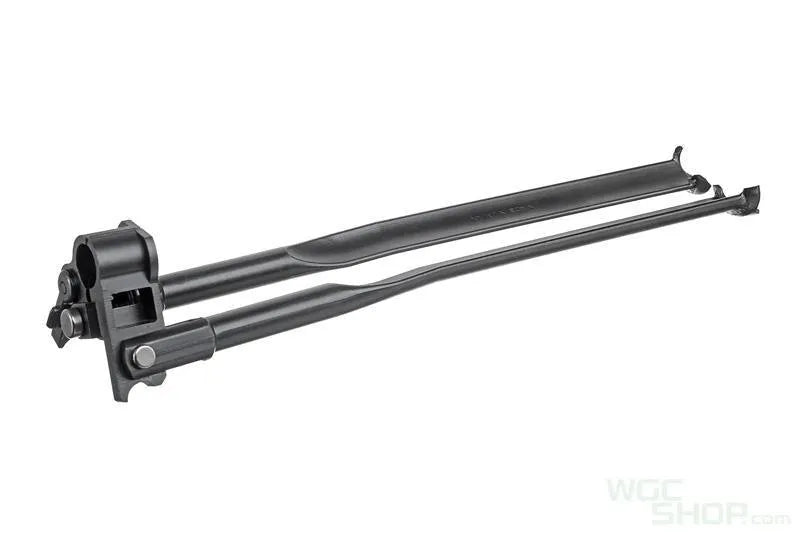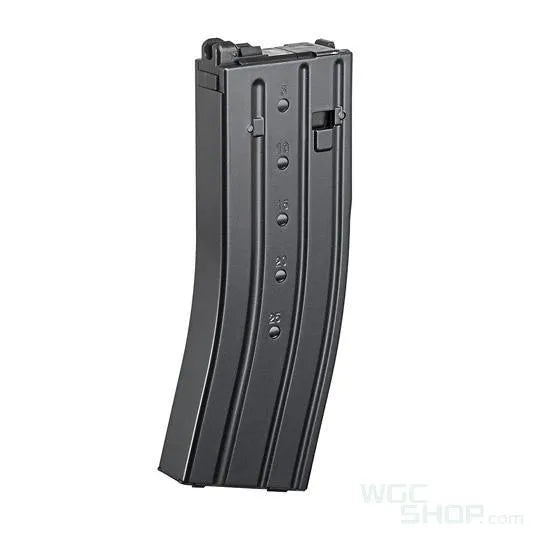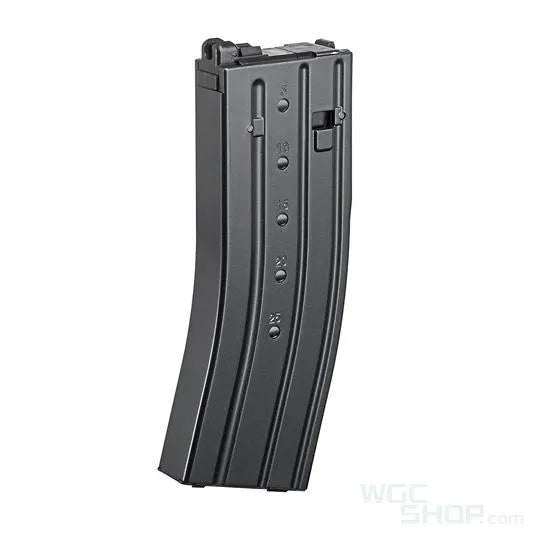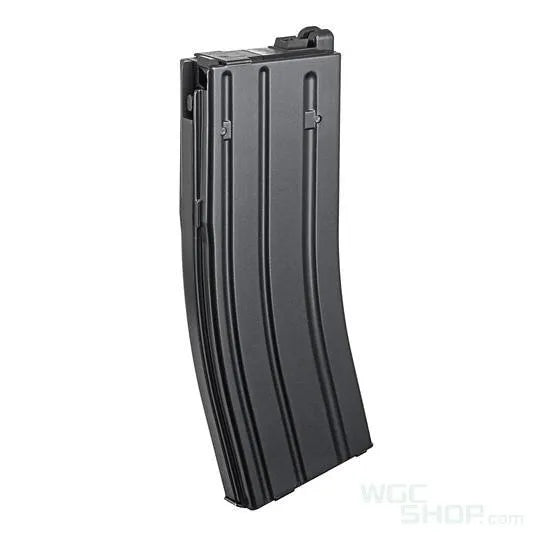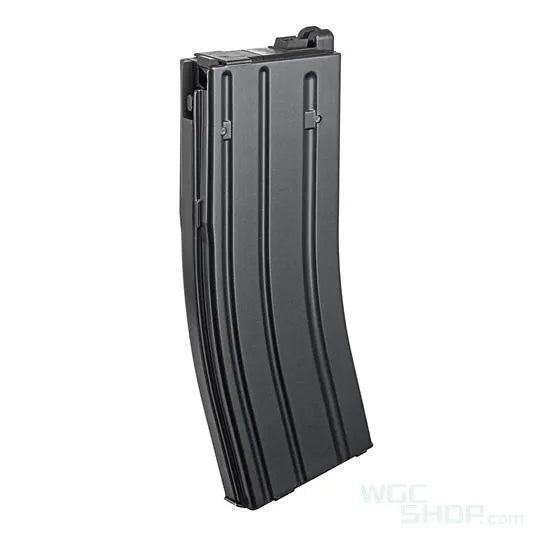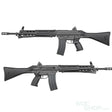TOKYO MARUI | SKU:
TM-GBR-TYPE89
TOKYO MARUI Type 89 GBB Airsoft
$3,547 HKD
단가
/
Unavailable
TOKYO MARUI Type 89 GBB Airsoft 이 백오더 / 프리오더 상태이며 재고가 확보되는 대로 배송됩니다.
Region of Origin: JAPAN
픽업 가능 여부를 로드할 수 없습니다.
Build Material: Aluminum Alloy / Fiber reinforced polymer
Magazine Capacity: 35+1 ( 6mm )
Length: 916mm
Barrel Length: 250mm
Weight: 4000g
Fire Mode : Semi Auto / Full Auto / Safety
Hop-up: Adjustable
Muzzle Velocity: Approx. 340-370FPS w/ 0.2g BB bullet
Package Includes: Gun, Magazine, Bipod, Manuals
Type 89 History
During the Vietnam War, the United States military replaced the M14 with the M16 for a variety of reasons, one of the most important being the advantage of increased rate of fire, light weight, and lower recoil of the 5.56×45mm NATO round over the larger 7.62×51mm NATO round. Despite the fact that this shortened the effective range of the average infantryman during a firefight, the 5.56×45mm round (SS109) eventually became the standard of ammunition type for all NATO member assault rifles. In accordance with this, the Japanese Defense Agency began development on their next generation assault rifle to replace the 7.62×51mm Type 64 battle rifle after its 25-year span of service.
Development was handled primarily by Howa since it was already licensed to produce the AR-180 version of the Armalite AR-18 rifle for commercial purposes. In order to determine suitability of the rifle, it was issued in limited numbers to the Japan Self-Defense Forces for field testing purposes. After the data collected from the field testing stage of the AR-18 was examined, formal development of the next-generation assault rifle began with its designation as the HR-16 (HR1604). The HR-15 was the first version of the experimental rifle that would eventually become the Type 89, but was developed concurrently with the HR-10, HR-11 and HR-13 by 1989
Magazine Capacity: 35+1 ( 6mm )
Length: 916mm
Barrel Length: 250mm
Weight: 4000g
Fire Mode : Semi Auto / Full Auto / Safety
Hop-up: Adjustable
Muzzle Velocity: Approx. 340-370FPS w/ 0.2g BB bullet
Package Includes: Gun, Magazine, Bipod, Manuals
Type 89 History
During the Vietnam War, the United States military replaced the M14 with the M16 for a variety of reasons, one of the most important being the advantage of increased rate of fire, light weight, and lower recoil of the 5.56×45mm NATO round over the larger 7.62×51mm NATO round. Despite the fact that this shortened the effective range of the average infantryman during a firefight, the 5.56×45mm round (SS109) eventually became the standard of ammunition type for all NATO member assault rifles. In accordance with this, the Japanese Defense Agency began development on their next generation assault rifle to replace the 7.62×51mm Type 64 battle rifle after its 25-year span of service.
Development was handled primarily by Howa since it was already licensed to produce the AR-180 version of the Armalite AR-18 rifle for commercial purposes. In order to determine suitability of the rifle, it was issued in limited numbers to the Japan Self-Defense Forces for field testing purposes. After the data collected from the field testing stage of the AR-18 was examined, formal development of the next-generation assault rifle began with its designation as the HR-16 (HR1604). The HR-15 was the first version of the experimental rifle that would eventually become the Type 89, but was developed concurrently with the HR-10, HR-11 and HR-13 by 1989
제품 품질 기준
제품 품질 기준
에어소프트 업계에서는 제품이 100% 완벽할 수는 없고, 완벽하다는 것은 비현실적입니다. 제품의 기능이나 성능, 전체적인 외관에 영향을 미치지 않는 한, 제품 구성 요소의 미세한 흔들림, 떨림 또는 움직임, 미세한 긁힘, 찌그러짐 또는 변색도 표준 품질의 일부로 간주됩니다.
사진 및 이미지 저작권
사진 및 이미지 저작권
이 사진 또는 이미지의 무단 사용은 금지되며 WGCShop은 법적 조치를 취할 권리를 보유합니다.

